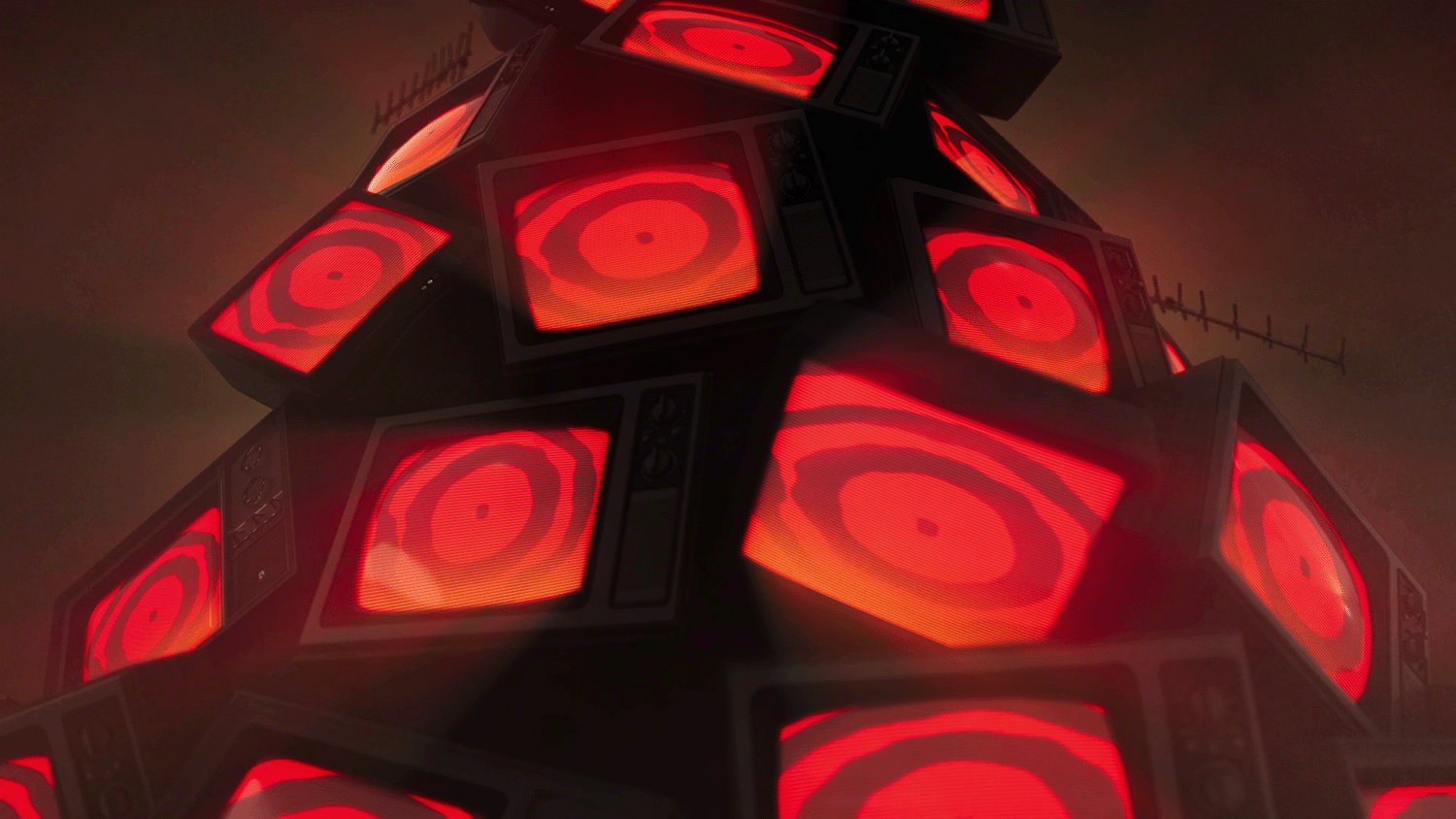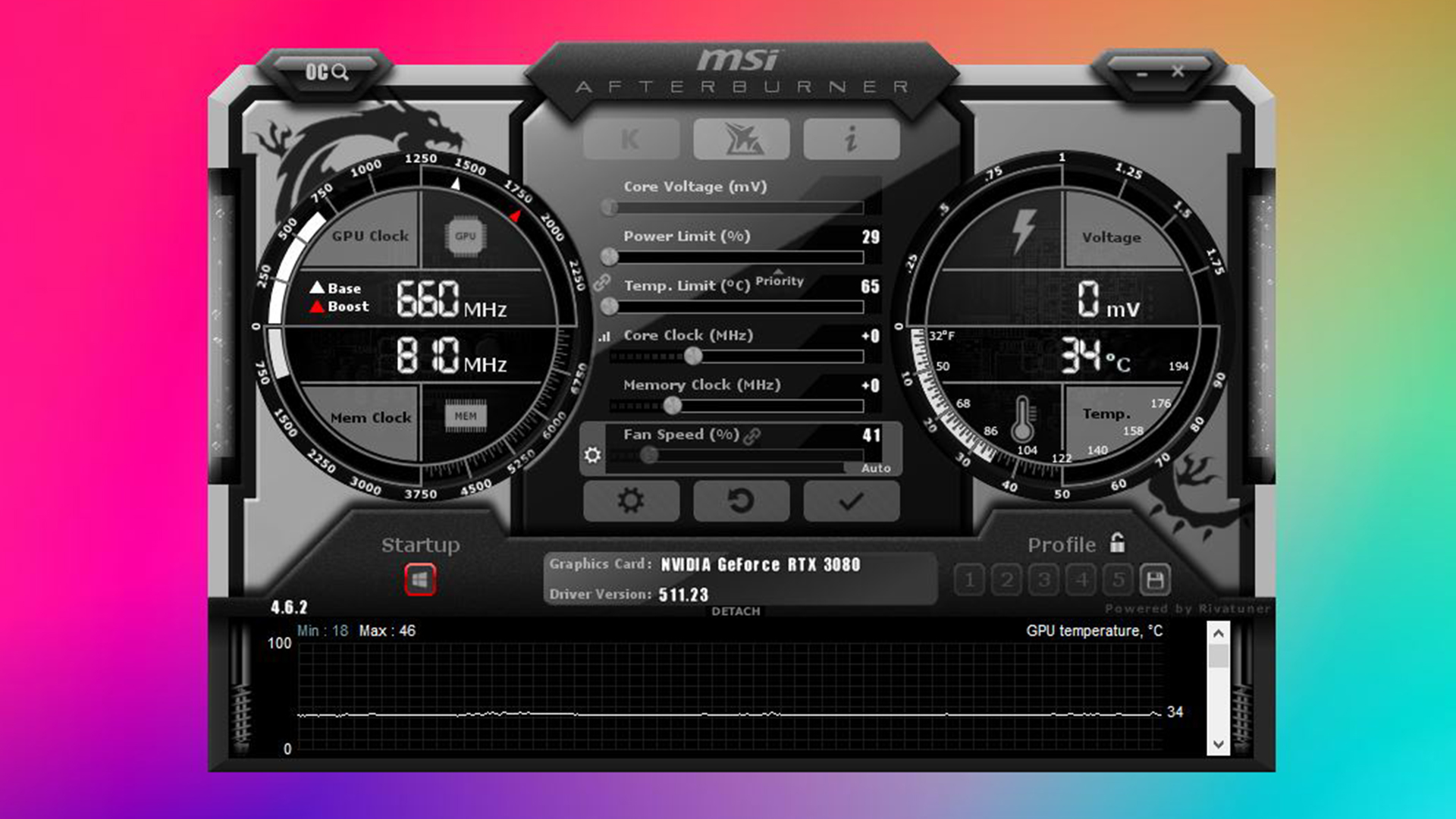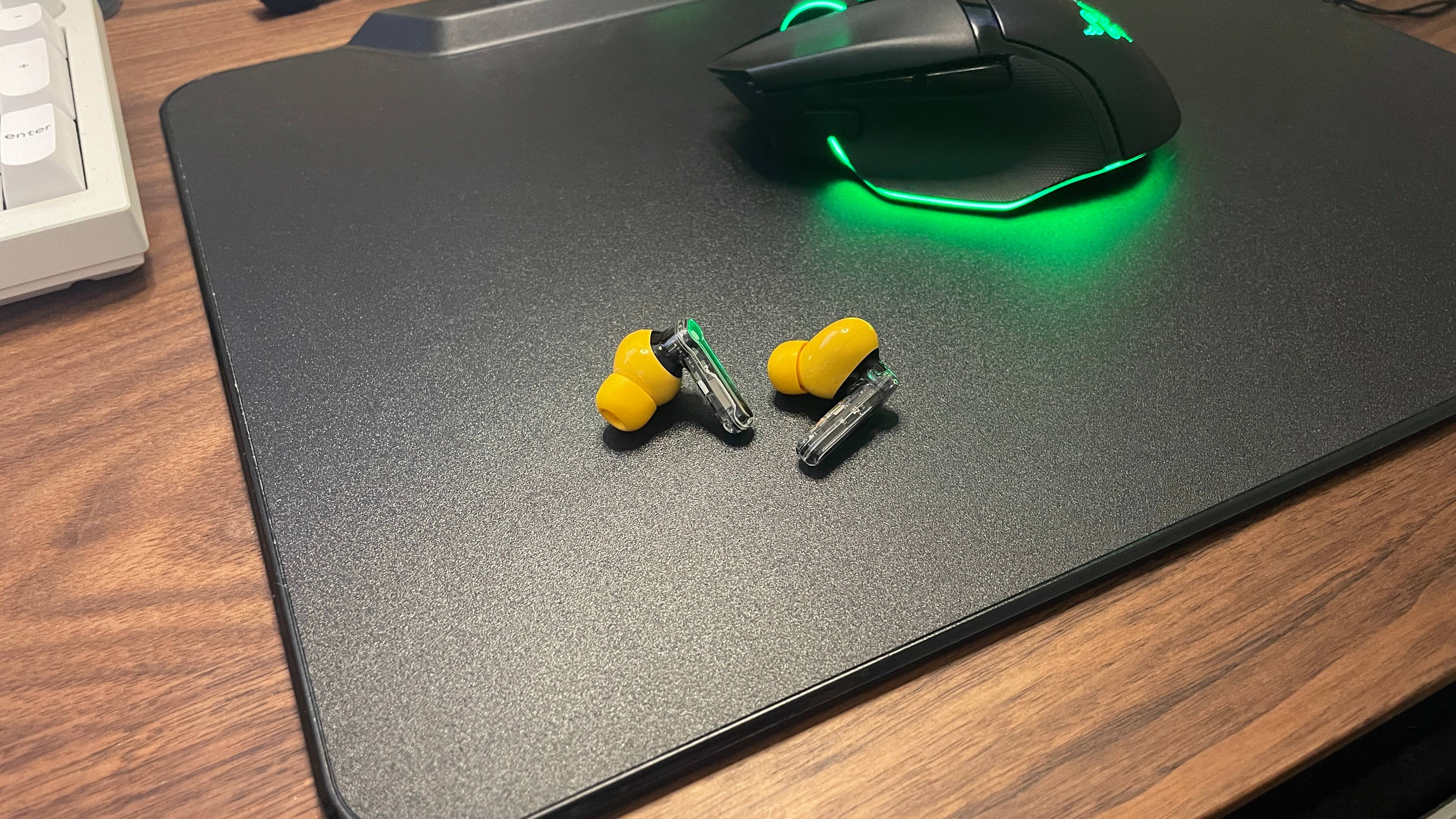
The final trailer for The Legend of Zelda: Tears of the Kingdom reignited the fervor of fans waiting for the sequel to Breath of the Wild. The roughly four-minute video provided glimpses of Link’s upcoming adventures and obstacles in Hyrule, making others speculate about the game’s story, lore, and secrets. But for Zoey McCullough and others within the deciphering community, the final trailer served as a realization that all of their hard work up to that point had been for naught.
Hiding in plain sight throughout the game’s trailers were tablets and architectural pieces adorned with unknown characters and symbols. To most people, these runes were merely aesthetic additions, but to a decipherer like McCullough, they were a quest unto themselves. McCullough had been hard at work deciphering exactly what, if anything, this mysterious fictional language was trying to say – but Tears of the Kingdom’s final trailer was forcing her and other decipherers like her to start over from scratch before the game had even been released. And her work has only grown more complex since.
Speaking with IGN, McCullough explained the immense difficulty and challenges behind deciphering the hidden language of Tears of the Kingdom, the overall camaraderie and thrill of finally cracking the code, and advice for newcomers to the decipherer community.
Decrypting the Code of the Kingdom
Deciphering video game text is not new. The Chozo language in Metroid titles, Hylian markers in Breath of the Wild, and even riddles in Pokémon all exist to further add elements to each story. And when a fake language is deciphered into a real one, the results of solving these puzzles vary between tangible rewards like obtaining legendary Pokémon, or intangible ones such as extra lore or flavor text. Regardless of intent, individuals like McCullough, who call themselves decipherers, devote countless hours trying to make sense of these unassuming clues across numerous games, including Tears of the Kingdom.
Despite Tears of the Kingdom being McCullough’s first attempt to decipher a game, her interest in the field goes back years, beginning with Ocarina of Time. She’s enjoyed solving cryptograms throughout most of her life, with Link’s adventures on the Nintendo 64 acting as the catalyst to her work now.
“In a time before so much information was online, I remember wondering if there was a way to solve the Kana-based Hylian language from that game,” McCullough said. “Years later, I now know that I was way off the mark because I had no concept of the Japanese language, which Ocarina of Time’s Hylian language was based on.”
McCullough’s understanding of Japanese improved when she first started learning years ago. Despite not having a formal education and complete knowledge of the language, she learned more about grammar and sentence structure from working with other native speakers when attempting to decipher the runes in Tears of the Kingdom.
Understanding the real language each constructed language derives from is one of the primary hurdles when trying to decipher. McCullough explains that this initial puzzle involves creating, testing, and ultimately proving different theories as to what best matches the text. This step typically involves the Index of Coincidence, a mathematical equation that calculates the probability of two letters being equal. For example, each language has a frequency of used letters and positions, and when compared to constructed languages, certain letters will appear with the same or relative frequency of their actual counterparts. McCullough notes that, through this, she quickly determined that the text in Tears of the Kingdom was not related to English because the translations didn’t make sense. Instead, she discovered they shared similarities with Romaji, a translation of Latin script to write the Japanese language.
“It took a few days to gather comparable text sources that were in Romaji already so that I could perform scoring on those, so that I could treat them as ‘well known sources,’” McCullough said. “Specifically, I chose the Romaji text from the Sheikah tapestry in Breath of the Wild, along with Romaji converted from the Japanese quest text. I wanted sources that were from the same author or authors, based on the assumption that Nintendo likely has a writing style and that this new text would follow that writing style if I was correct. Once I had the scoring information from the source, I turned the rune text into ciphertext, and performed similar scoring using the Index of Coincidence method. Right away, I found that the rune text and Breath of the Wild source text scores were nearly identical.”
I was convinced that there was a mistake in the mural.
Breath of the Wild had its own deciphering community already, specifically for varying tapestries like McCullough used for her initial research. The Sheikah tapestry, along with members of the deciphering community, helped to ease McCullough’s transition to understanding runes within Tears of the Kingdom. Yet, every time McCullough made significant progress translating runes from a trailer, Nintendo would edit the constructed language in the next one, forcing her to start over.
“A lot of what changed between the trailers were substitutions of the runes from one place to another,” McCullough said. “A prime example of this is in one of the murals from the October 2022 trailer compared to now. In spite of the effort, no solution would work against it. I was convinced that there was a mistake in the mural, because it was such an odd usage of the rune based on the other statistical data we’d built up. An enormous amount of rune content in the collectors edition artbook changed too, and they were changes that invalidate any solution we’d come up with.”
While she expected the text to gradually change, she notes it’s still slightly disappointing to start from scratch every few months. Thankfully, with the game now fully released, there should be no further changes.
The Deciphering Community
McCullough is not alone in her efforts. From communities to varying YouTube channels, Tears of the Kingdom decipherers are sharing their findings with one another to ultimately crack these codes. When she started “within 24 hours of the October 2022 trailer,” McCullough deciphered on her own. She then disclosed her results to others before eventually becoming part of a team that continues to study and decrypt the constructed language.
“The first time, I worked alone, and brought my results to GameOverJesse to share since The Hylian Gamescast has an incredible track record with sharing information in an accurate way,” McCullough said. “From there, I met The Lorulean Historian and joined The Great Library of Mudora, where we continued to work at solving the runes after the initial trailer. Following the teaser and the final trailer this year, we had to start over again because Nintendo made more revisions to rune text, with us needing to start almost from scratch each time. That’s when Lor and I picked up our third teammate, Zip, and we went all in trying to solve it.”
Words started to appear…I remember stepping away from my desk because I started sobbing out of catharsis.
Beyond the capability to share notes and results, celebrating cracking codes and deciphering languages is an important aspect within this community. Not only is it thrilling for the decipherer, but it also means the theories and tests conducted by others worked. And when a decipherer is correct, others can use the new findings to develop methods or advance their own research. Everything builds upon what came before and as McCullough states, the feeling of success can be powerful and overwhelming.
“The most satisfying [part] for me would have to be on the third attempt at solving them after the February trailer,” McCullough said. “After a long set of weeks where we were all burnt out, I remember it being late on a Friday when I was trying different approaches to break the text, and then I broke it. Words started to appear, and it kept hitting me that we did it, even if it wasn’t perfect. I remember stepping away from my desk because I started sobbing out of catharsis. I didn’t care what it even said at that point. I just wanted to break it. Even though the final game release invalidated that work as things have changed with rune text, I’m still proud of that moment.”
Currently, McCullough and her team are continuing to decipher and catalog each entry. Prior to Nintendo changing the runes, they uncovered multiple uses of ‘Sacred Realm’ or ‘Sacred Ground’ (Seichi in Japanese). These findings directly translated to actual plot points of the game and overall story.
“We found several decoded words for Seichi, Sechi, and even Seti at different points, all of which are the same word in different versions of Romaji,” McCullough said. “We knew that we had a few key words from the giant stone monument in the collectors edition art book that were like that. We found fragments of sentences about a person ‘sealing a great evil’ and even mentioned ‘founding a great land.’ Looking back at different interpretations by native speakers, two of them turned out very close to the final plot of the game.”
Beyond attempting to solve the riddles of Zonai text, McCullough notes that there are potentially two other constructed languages not yet deciphered. She suspects one derives from Hylian, similar to text within Twilight Princess, while the other was discovered within quests given by a character known as Wortsworth. While some solutions have already been documented, McCullough notes that more work is required before people have definitive results.
“Very quickly, we produced solutions to the symbols that make sense in the final game,” she said. “Using the same approach on the repeating symbol banner on the Tears of the Kingdom site, produces せたいがうこ (世帯がうこ), which means family history. There isn’t enough evidence to know if all the theorized solutions for the second symbol set are correct, but it seems likely that we are on the right path. Much of the [third] text reads like some sort of hybrid of Middle-English and Welsh, but during reviews and analysis by another friend, they’ve discovered that it merely has causal coincidences to both and instead appears to be a [constructed language] all its own. Comparing the text to the runes and to the Hylian alphabet from the Era of the Wild don’t produce a one-to-one match for anything found in game, not yet at least.”
Even though they’ve had to start over, the prospect of having a translated constructed language is what drives each decipherer. And because it’s a community effort, there’s no serious competition between who can officially crack the code. A successful translation benefits everyone.
“Ultimately, getting the complete, right answer out in the open is the main goal,” McCullough said. “I hope we get to be the ones to solve it, but I’d be thrilled if anyone breaks it this time around. ”
Hopes of a Decipherer
Despite the deciphering efforts primarily focusing on a constructed language within a video game, the results can have a positive impact for scholars and hobbyists in other fields. Since each text utilizes similarities with real languages like Romaji, understanding the patterns and structures can expand resources for others. McCullough’s immediate hopes are to solve puzzles in Tears of the Kingdom, but to also share her findings across the Internet.
“[M]y hope is to get the text deciphered and catalogued properly, on zeldawiki,” McCullough said. “I’d love to write up a more in-depth document detailing the approach. Even though the process of deciphering text is well-known, there isn’t a lot of information about how to approach deciphering logographic languages.”
Deciphering may seem incredibly daunting to those outside the community. Needing to understand mathematical equations, spending weeks, sometimes months testing theories only to have them invalidated, and the overall time commitment can be overwhelming to newcomers. But McCullough encourages others to try their best and join the field. She explains that part of the thrill with the work is exploring the unknown, especially with questions and the inevitable testing. And more importantly, she wants people to feel welcome, noting that you don’t need to have extensive knowledge in deciphering to join the fun. All that matters is you keep pushing to solve the riddles.
“Keep trying, question your own biases, and verify everything you find and anything anyone else finds,” McCullough said. “Seek to find the right answer instead of the answer you want. Every single skill that our team applied can be learned on the internet or from a book at a public library. Even when you feel like quitting, let the pursuit of wonder be your fuel. It’s worth it.”





